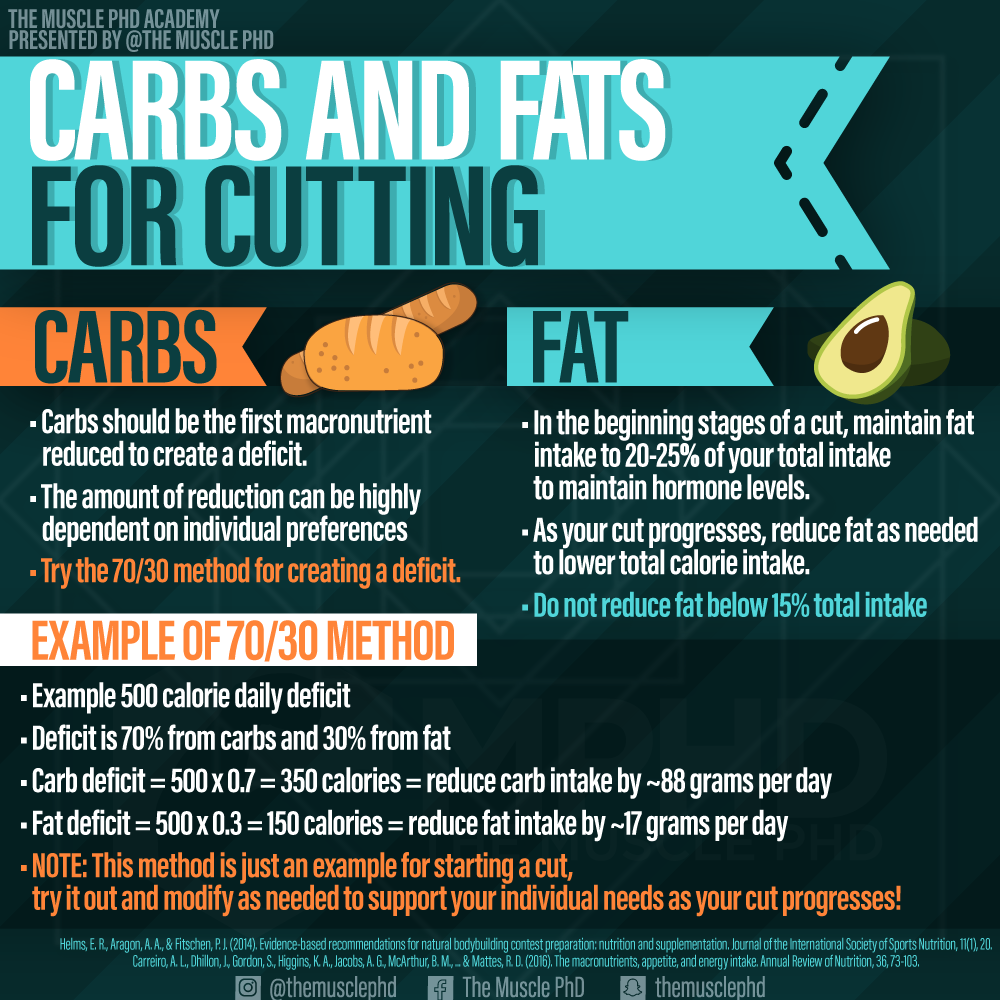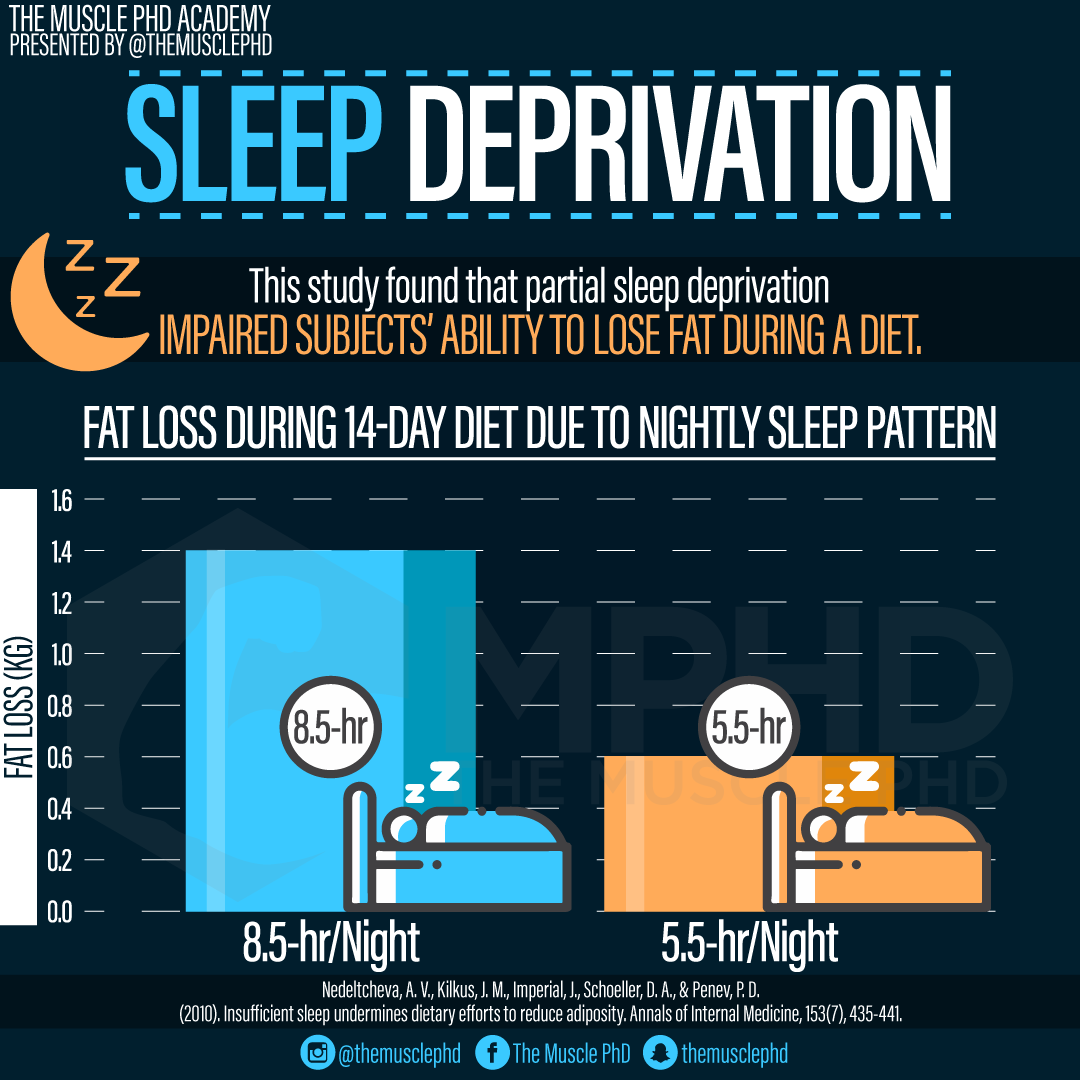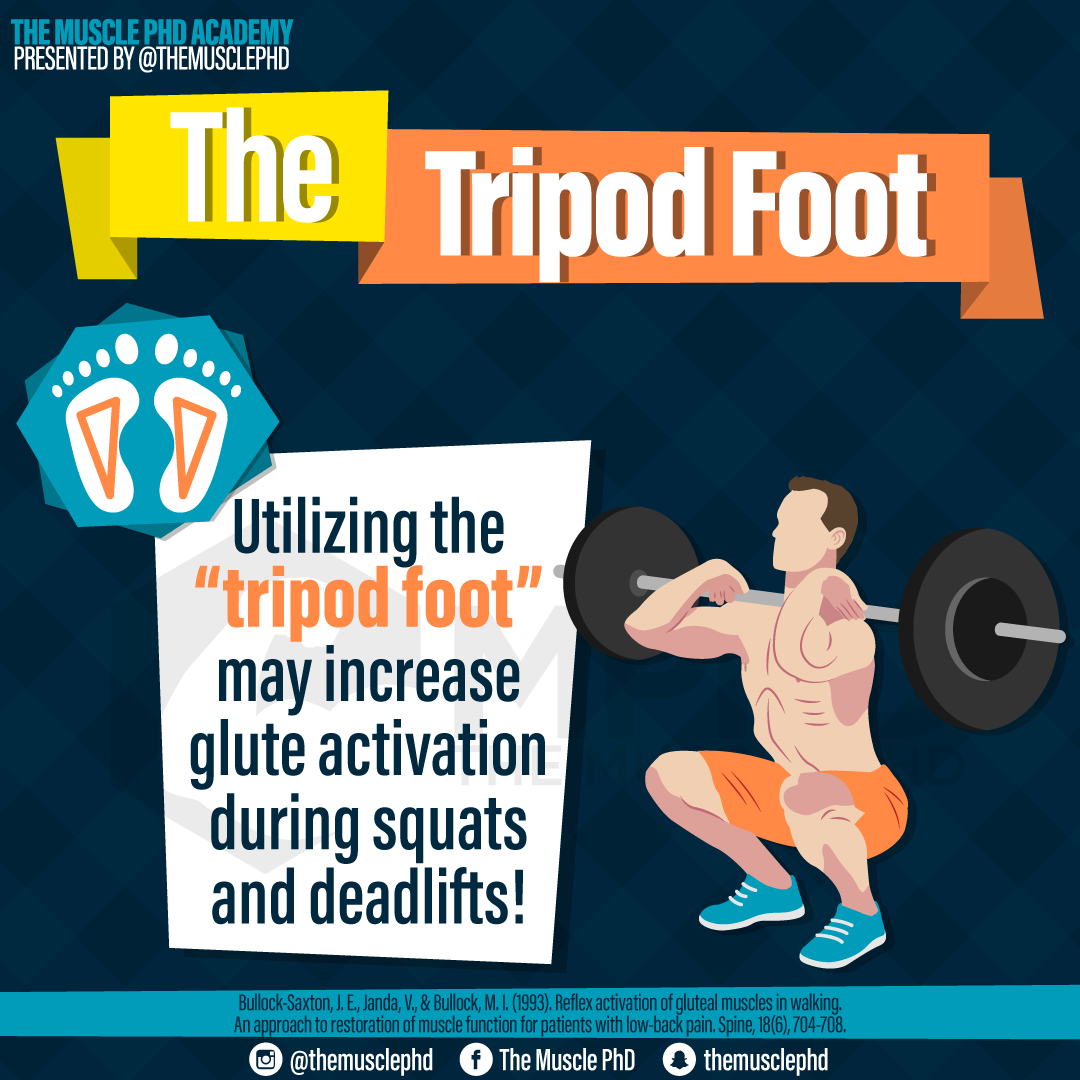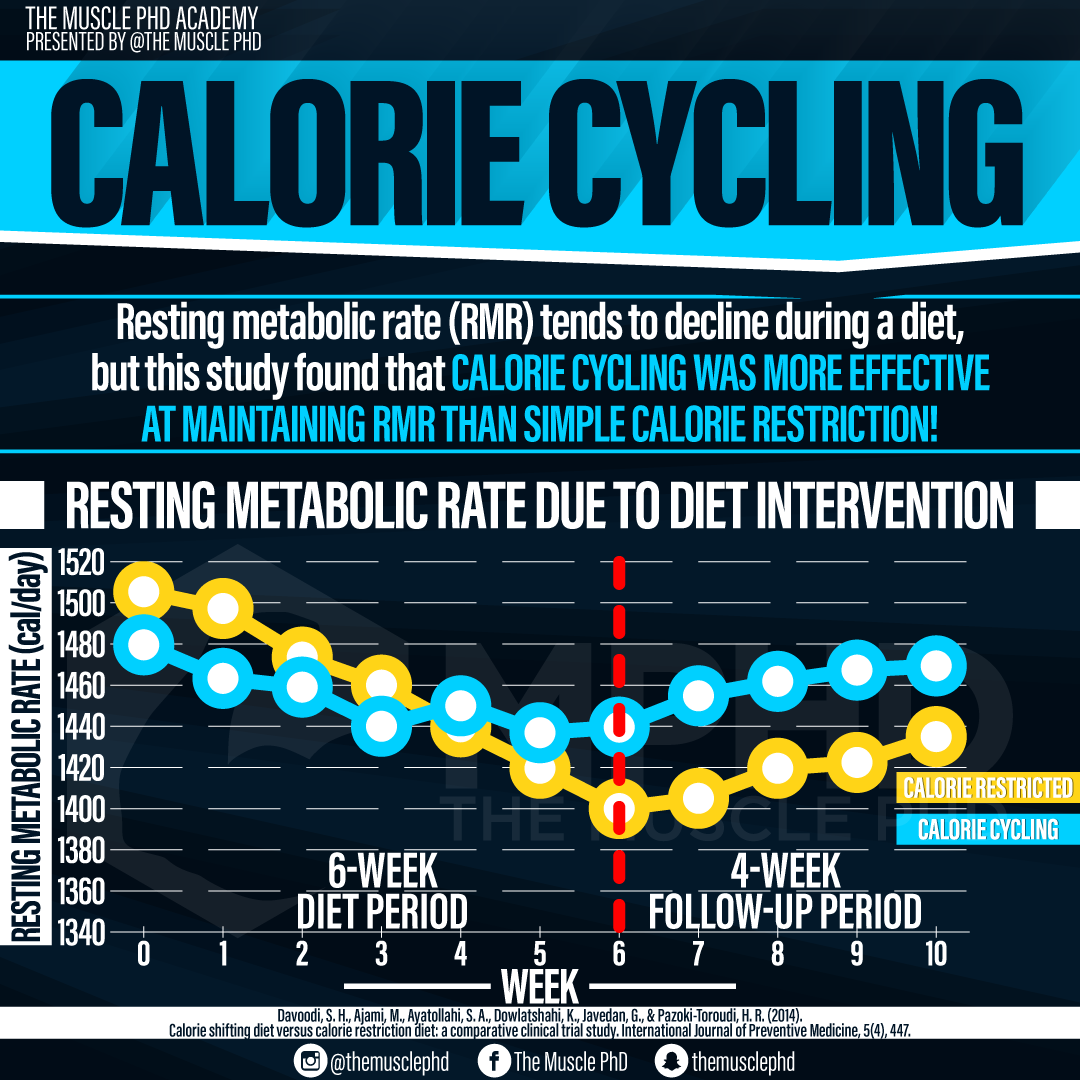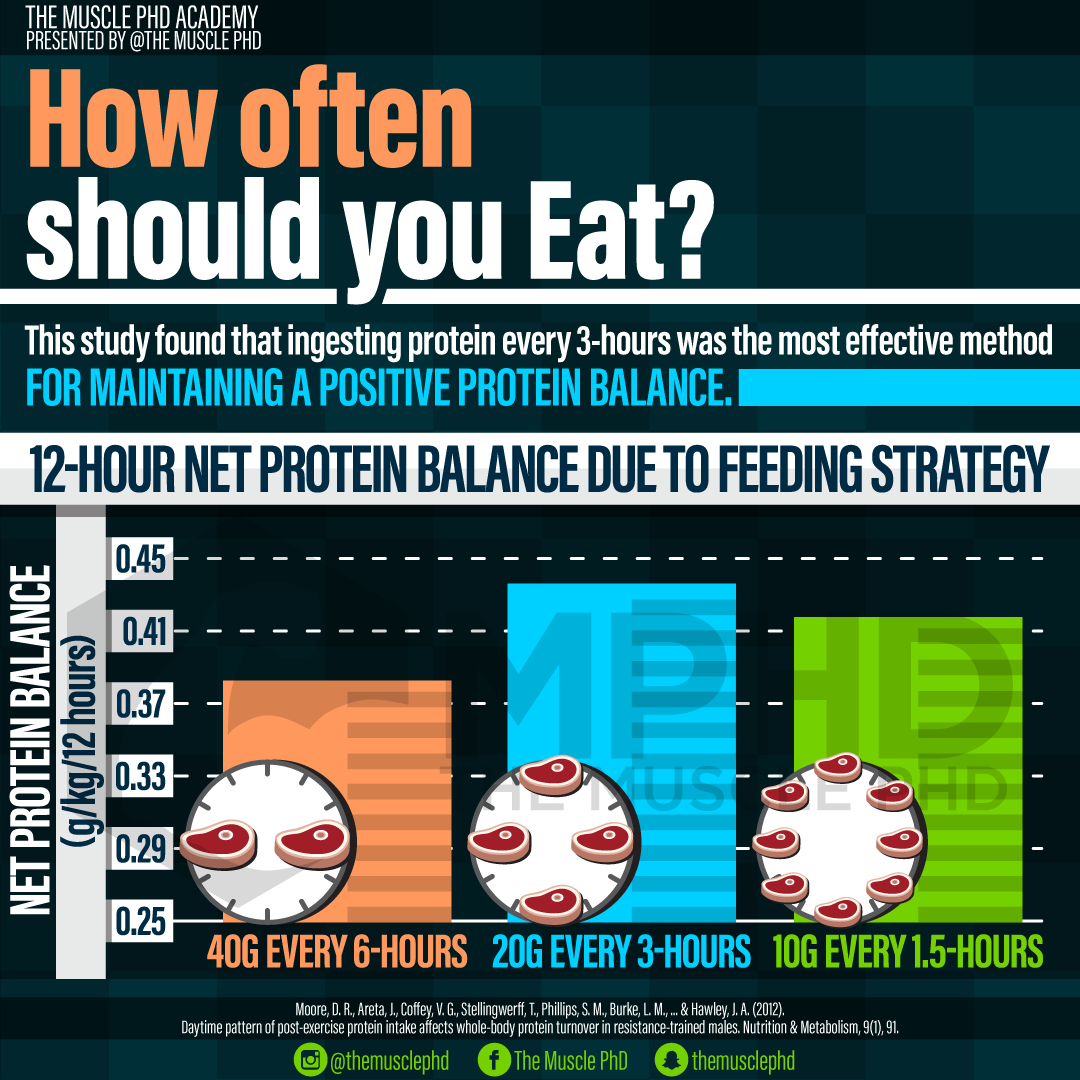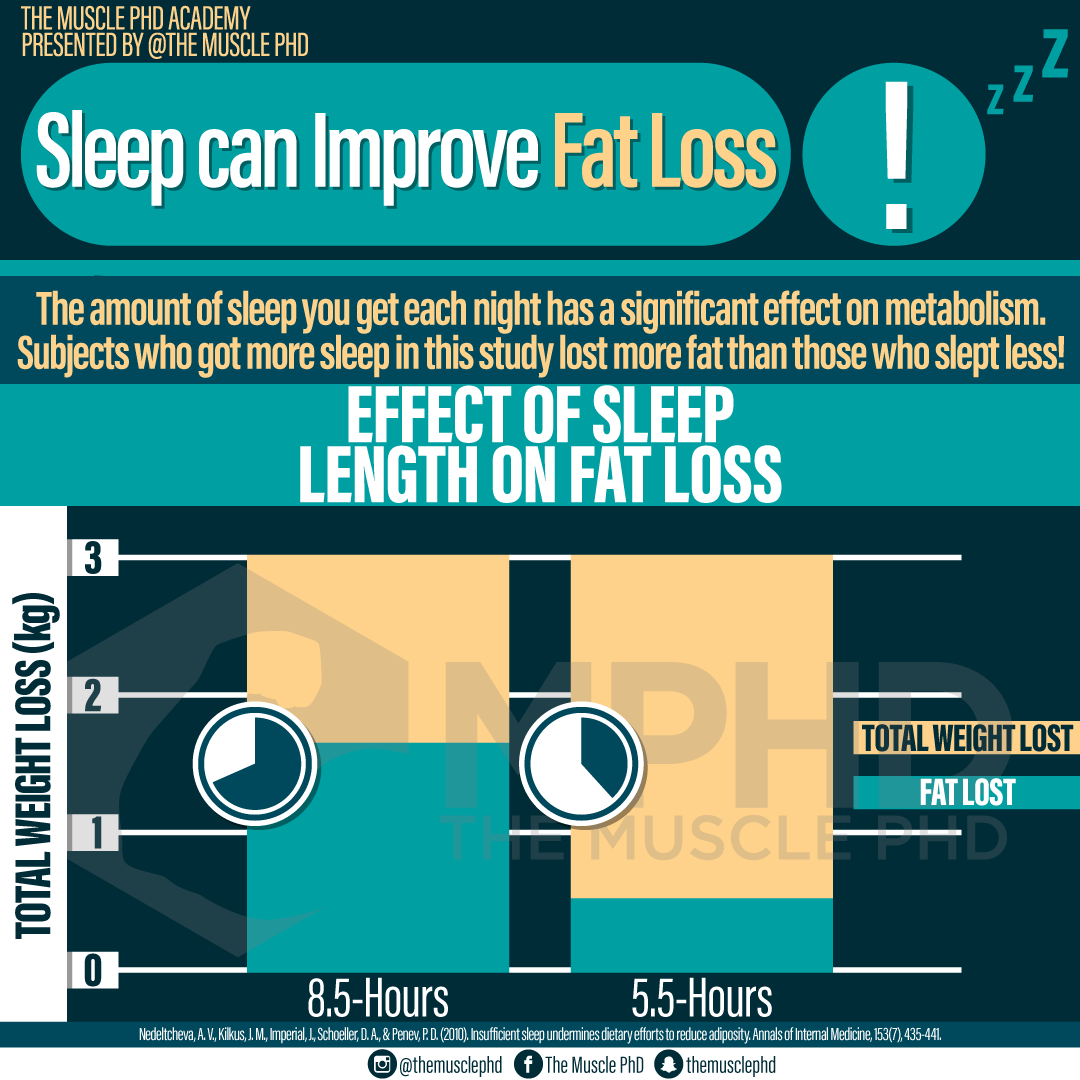Summary
Most bodybuilders know that it’s important to create a calorie deficit for a successful cut. However, how you create this deficit is a little more up in the air. While a negative energy balance in general can help you lose weight, bodybuilders are striving to lose fat while maintaining muscle – a tall order for a calorie deficit. Therefore, there might be a little something more than meets the eye when it comes to cutting.
We know that food contains calories. Calories are the energy component of food that we need to, well, stay alive. We can break down the calorie-containing bits of food into macronutrients – fats, carbohydrates, and proteins. However, not all food calories are the same when we consider how these foods are broken down and absorbed in our bodies – more on that in our article here. With this in mind, it’s worth exploring different variations of macronutrient splits to find the best way to create a calorie deficit that also spares muscle mass.
Since sparing muscle mass is a major goal of a cut, we can’t cut calories from our protein intake. If anything, we want to increase protein intake during this time to A) support calorie burning (protein requires more energy to be broken down and absorbed), and, b) maintain muscle mass while in a calorie deficit. Increasing protein intake is very unlikely to cause fat gain and has even been shown to promote fat burning while in a calorie surplus (Antonio et al., 2015).
Since protein is out, that leaves us with fats and carbs to modify in order to create a deficit. Typically, we recommend that people drop carbs the most in the initial stages of their diet. First, we do this as most bodybuilders probably don’t need as many carbs as they’re already eating (read here) and second, we prefer to keep fat intake around at least 15% of your total calories to preserve hormone levels and other bodily functions that rely on fat intake. Keeping those things in check can also help you maintain your muscle mass as your calories drop.
We often promote the 70-30 method of cutting 70% of your calories from carbs and 30% from fats. That way, if you know you need a 500-calorie deficit, 350 of those calories should come from carbs and 150 from fats. Or, in easier terms, about 88g of carbs and 17g of fat. While this is a method we like to use, it’s certainly not a rule nor is it the only method you can lose. Everyone is going to have a different response to certain nutrition practices so it’s important to try a few different strategies to see what works best for you.
Based on
Further Reading


